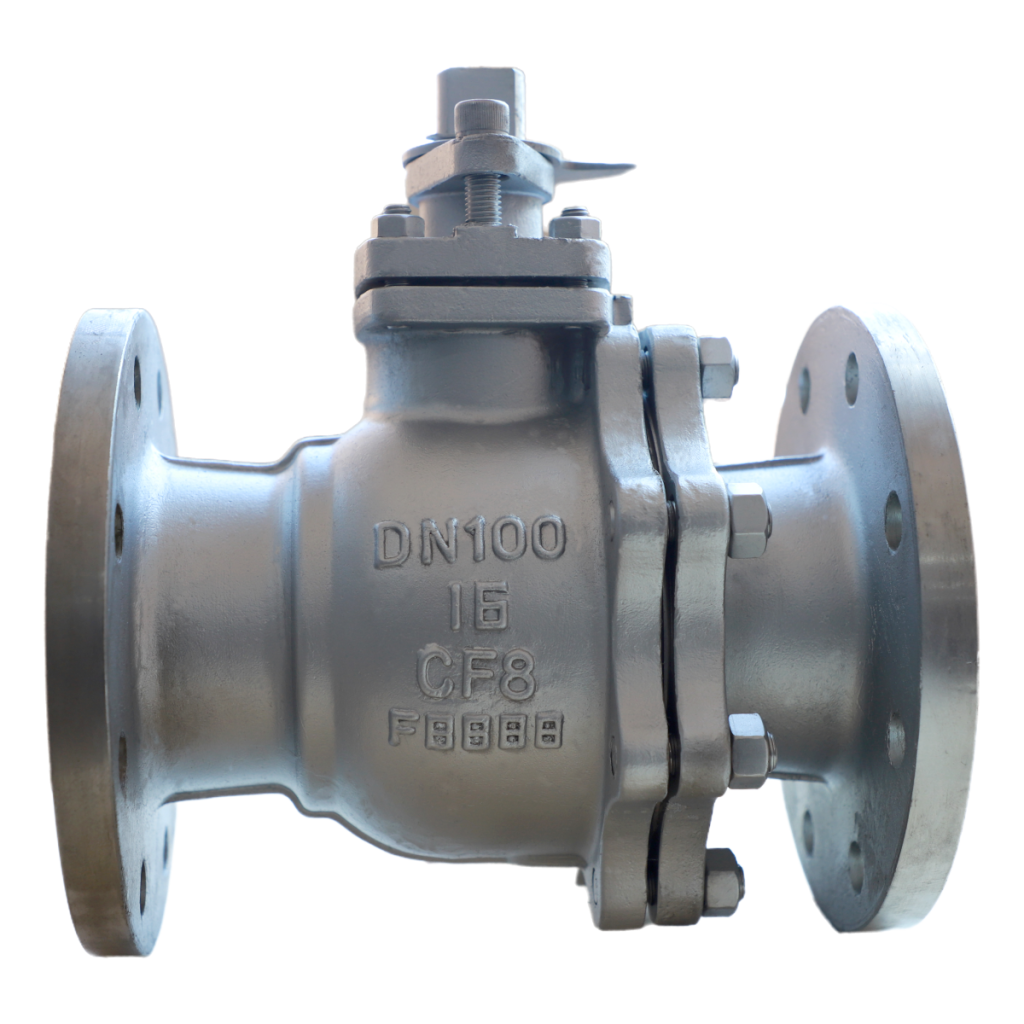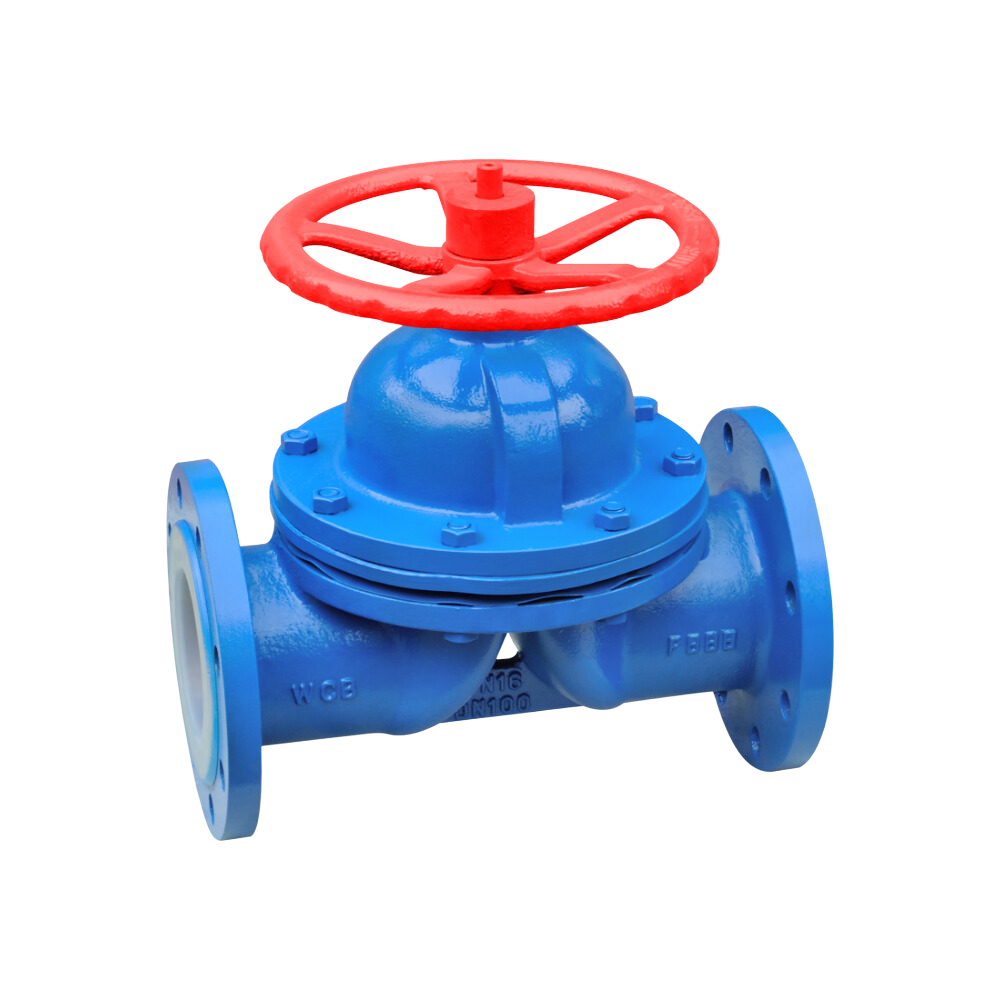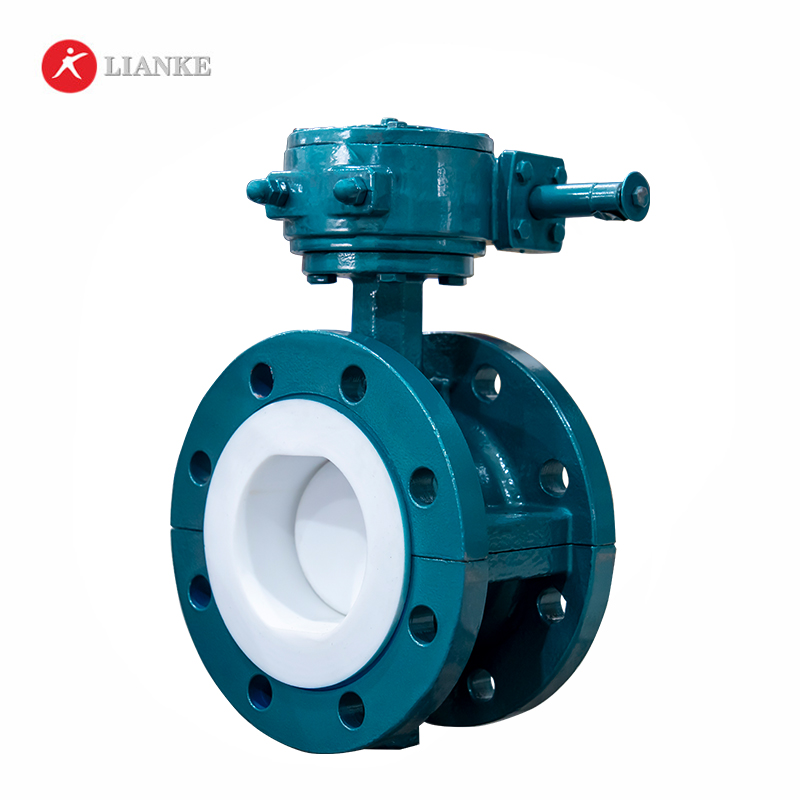

Full port and standard port ball valves differ in how much fluid they let through. A full port ball valve has an opening that matches the pipe size, allowing unrestricted flow. A standard port ball valve has a smaller opening, which slightly reduces flow but costs less.
In this post, we’ll discuss how these valves work, where they fit best, and how to choose the right one for your system.

A full port ball valve allows fluid to move without restriction. Because its bore is the same size as the pipe, pressure loss is minimal.
Benefits:
These are common in industries that require high flow, such as oil and gas, water treatment, and chemical processing.
A standard port ball valve has a smaller bore, meaning it slightly restricts flow. While this creates a small pressure drop, it’s not an issue in most systems.
Benefits:
Standard port ball valves work well in plumbing, HVAC, irrigation, and general water distribution.
A v port ball valve has a V-shaped opening in the ball, allowing for precise control over flow rate. Unlike standard and full port ball valves, which primarily serve as on/off valves, v port ball valves offer better flow regulation.
Benefits
These are best for process control systems requiring steady, adjustable flow rates.
Now that we’ve introduced the different types, let’s compare full port vs standard port ball valves in more detail. The main difference comes down to bore size and flow capacity.
| Feature | Full Port Ball Valve | Standard Port Ball Valve |
| Bore Size | Matches pipe diameter | One size smaller than the pipe |
| Flow Restriction | No restriction | Slight restriction |
| Pressure Drop | Minimal | Higher |
| Best Use Cases | High-flow, high-pressure systems | General plumbing, HVAC, irrigation |
| Cost | Higher due to larger size | More affordable |
| Clogging Risk | Lower due to full opening | Higher due to reduced bore |
Full port ball valves work best when you need maximum flow with no restrictions.
You can use them when pressure drop needs to be minimized, especially in high-pressure systems.
They also handle thick fluids and solids without clogging, making them ideal for industries like oil and gas.
Best for:
Standard port ball valves work best when some flow restriction is acceptable.
You can use them in systems where saving space and reducing costs matter more than full flow.
They are a common choice for applications where a small pressure drop won’t impact performance.
Best for:
Picking the right valve depends on what your system needs.
If flow efficiency and minimal pressure drop matter most, go with a full port ball valve. If space and budget are bigger concerns, a standard port ball valve will get the job done. For more control over flow rates, a v port ball valve is the better choice.Lianke Valve offers high-quality ball valves built for performance. If you’re not sure which one fits your system, reach out—we can help you find the right fit.

🚀 Lianke Valves Secures Major Export Order for 1,685 Units of Pinch and Lined Valves Our international business continues to thrive as we have recently signed a significant export order involving 1,685 units of pinch valves and fluorine-lined valves.This successful deal is not only a testament to the long-term trust between both parties, but also […]

What is A Diaphragm Valve? A diaphragm valve is a type of valve that uses a flexible diaphragm to control the flow of fluids. This valve is part of the linear motion family, which means the moving parts go in a straight line—not in circles like ball or butterfly valves. The elastomeric diaphragm in diaphragm […]

Your valve is leaking because something has gone wrong with its sealing system. Maybe the seals are worn out after years of service. Perhaps debris is stuck between critical surfaces. Or it could be that improper installation created misalignment from the beginning. These common problems prevent the valve from achieving perfect closure when you need […]

Valve Flow Coefficient (Cv) is a measure of a valve’s capacity to allow liquid or gas to flow through it. It’s technically defined as “the volume of water at 60°F (in US gallons) that will flow through a valve per minute with a pressure drop of 1 psi across the valve.” You calculate Cv by […]



